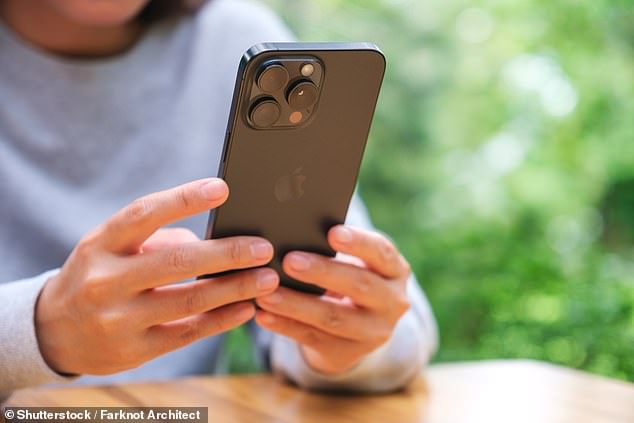The average iPhone user has at least 60 apps installed on their device.
While you might see them to communicate, count calories, or navigate a new city, companies fill them with sneaky permission requests and hidden trackers to generate revenue.
Developers have taken advantage of the settings on Apple smartphones to gain access to the websites you use, travel to, and places you visit, creating a profile of users that can be sold to the highest bidder.
These tactics are legal because the companies behind the apps give you the option to opt in or out by clicking on some menus on your smartphone, but most users don’t know what to look for.
I’ll show you how to find the menus you need to turn off these options, plus the features you’ll miss if you do.
When you stop something like location tracking at the iOS level, all the apps you’ve installed must follow the same rules.
That means that, in some cases, you don’t need to change the settings for each app.
Apps take advantage of iPhone settings to track users, but there are ways to disable the options
A notice before entering the configuration
Safety is the biggest concern. Many smartphones use their location data to send information to first responders in an emergency.
When changing the settings, you may see an option to allow emergency services to bypass any restrictions.
Some apps, especially those that rely on location or activity data, may not work properly after you turn off tracking features.
Ride-hailing and fitness tracking apps may not work or may become less accurate.
For apps that you use regularly and trust with your data, you can choose to provide location access.
The three settings you may want to change
1. Ad Tracking
It’s a no-brainer that developers know what you’re doing in their apps.
But they’ve added tactics to follow you across websites and, while you’re on the move, with your phone, taking snippets of information to create a detailed profile of who you are.
This allows for more targeted advertising and many share or sell that information to other companies.
You must change this on an app-by-app basis. You can reject the request when it first appears, but you’ve probably already dismissed it for apps you use all the time.

Radio host Kim Komando offers advice to help people navigate the world of technology
Go to Settings > Privacy & security > Tracking to block apps from asking in the first place.
If you turn it off: You won’t see fewer ads from big retailers like Facebook or Amazon.
However, you have taken away a source of data that makes them terribly smart at knowing who you are and what you like.
2. Important places
Your iPhone controls the places you visit most frequently.
Apple has said it’s to make navigation to your favorite places faster and map recommendations smarter.
It’s why you see recommendations for where to go in Maps at certain times of the day. Everything is based on your patterns.
To opt out and delete existing data, visit Settings > Privacy & security > Location services > System services > Important locations
If you turn it off: Your results will be less specific and specific to your past behavior.
If you search for coffee, for example, your favorite chain won’t appear first.
If you start navigation mode at the end of a long day at the office, your home won’t be the first suggested destination.
3. Location Tracking
These are truly the keys to the castle and you are in control.
According to Apple: “Location services use device sensors, including GPS and Bluetooth (where available), along with crowd-sourced locations of Wi-Fi hotspots and cell towers to determine the location of your device.”
A 2022 study found that Apple was collecting data about its customers while they used its apps, even when they had turned off analytics sharing.
The discovery was made by two developers who discovered that the tech giant records all your movements in its own pre-installed apps App Store, Apple Music, Apple TV, Books and Stocks.
The study came just over a year after Apple released its controversial privacy control that required iPhone users to give permission for apps to track their activity for advertising purposes, affecting the revenue of many companies and developers who They depended on advertising.
Use your common sense here. Some, like your favorite navigation app, need full location access to show you where to go.
Your latest gaming obsession doesn’t need your location. Many apps fall in between, so use your best judgment.
You can always grant permissions again if you remove them.
To change location tracking, go to Settings > Privacy & security > Location services.
From here, you can turn off location tracking on your entire iPhone or give certain apps you trust permission to record where you are at certain times.
If you turn it off: It will take you longer to register places on social networks since the apps will no longer know where you are. You can’t get turn-by-turn directions in your map apps if you prevent them from checking your exact location.
Remember, the responsibility for making these changes lies with you. Decide what is important to you and your privacy and act accordingly.


